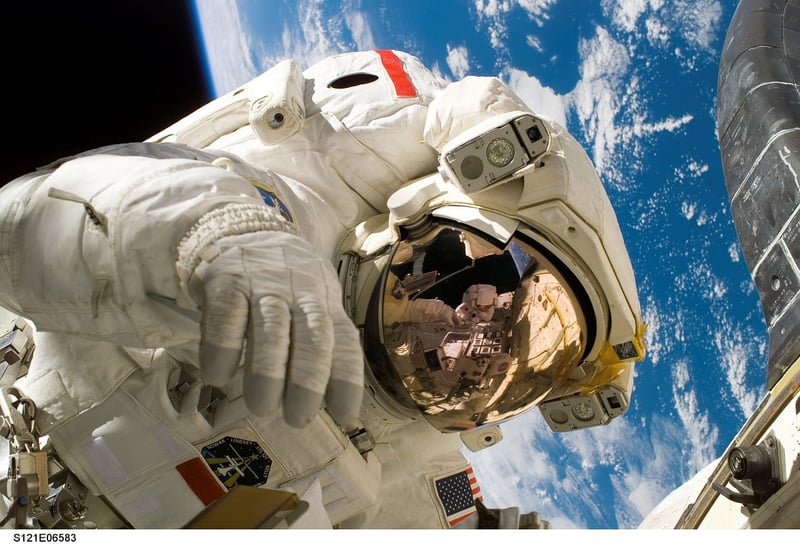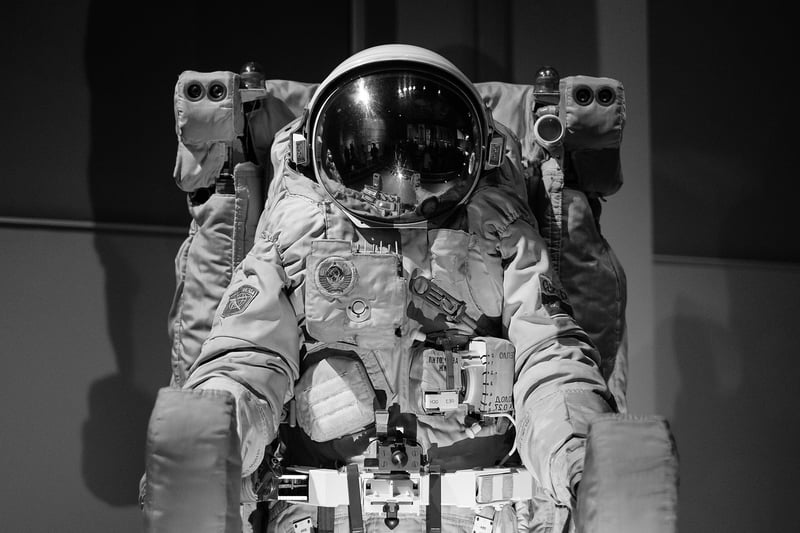Zero-gravity Exercises
Preparing for Long-Duration Missions: Zero-Gravity Exercises
Long-duration space missions present unique challenges that astronauts must overcome to maintain their health and fitness while in a zero-gravity environment. To counteract the negative effects of prolonged weightlessness on the human body, astronauts engage in a variety of exercises specially designed for zero-gravity conditions. These exercises help astronauts stay physically fit, prevent muscle and bone loss, and ensure they can perform their duties effectively during extended missions.
The Importance of Exercise in Zero-Gravity
Living in microgravity for an extended period can lead to muscle atrophy, bone density loss, cardiovascular deconditioning, and other health issues. Regular exercise is crucial to combating these effects and keeping astronauts in peak physical condition. By following a strict exercise regimen, astronauts can mitigate the negative impacts of zero gravity on their bodies and reduce the risk of health complications during and after their missions.
Types of Zero-Gravity Exercises
Zero-gravity exercises are specifically designed to target different muscle groups and maintain overall fitness in space. Some common types of exercises performed by astronauts on long-duration missions include:
- Treadmill Workouts: Astronauts use specially designed treadmills equipped with harnesses to run in place, simulating the effects of gravity on their bodies.
- Resistance Training: Using resistance bands and exercise machines, astronauts perform strength training exercises to maintain muscle mass and bone density.
- Cycling: Stationary bicycles allow astronauts to pedal in a seated or supine position to work their leg muscles and cardiovascular system.
- Yoga and Stretching: Flexibility exercises help astronauts prevent stiffness and maintain range of motion in space.
Image Examples of Zero-Gravity Exercises:


Benefits of Zero-Gravity Exercise
Regular exercise in space not only helps astronauts maintain their physical health but also offers mental and emotional benefits. Exercise can improve mood, reduce stress, and enhance cognitive function, crucial for astronauts working in a demanding and isolated environment. Additionally, staying active in space prepares astronauts for the physical challenges of returning to Earth's gravity after a long-duration mission.
Conclusion
Preparing for the challenges of long-duration missions in space requires a dedicated approach to physical fitness, including regular zero-gravity exercises. By incorporating a variety of workouts tailored to the unique environment of space, astronauts can stay healthy, strong, and resilient throughout their missions. Zero-gravity exercises not only support astronauts' physical well-being but also contribute to their overall mental and emotional health, ensuring they can successfully navigate the rigors of space exploration.
